An illuminating exhibition
Manitoba Electrical Museum's collection tracks the province's 'current' history from past to present
Advertisement
Read this article for free:
or
Already have an account? Log in here »
To continue reading, please subscribe:
Monthly Digital Subscription
$0 for the first 4 weeks*
- Enjoy unlimited reading on winnipegfreepress.com
- Read the E-Edition, our digital replica newspaper
- Access News Break, our award-winning app
- Play interactive puzzles
*No charge for 4 weeks then price increases to the regular rate of $19.00 plus GST every four weeks. Offer available to new and qualified returning subscribers only. Cancel any time.
Monthly Digital Subscription
$4.75/week*
- Enjoy unlimited reading on winnipegfreepress.com
- Read the E-Edition, our digital replica newspaper
- Access News Break, our award-winning app
- Play interactive puzzles
*Billed as $19 plus GST every four weeks. Cancel any time.
To continue reading, please subscribe:
Add Free Press access to your Brandon Sun subscription for only an additional
$1 for the first 4 weeks*
*Your next subscription payment will increase by $1.00 and you will be charged $16.99 plus GST for four weeks. After four weeks, your payment will increase to $23.99 plus GST every four weeks.
Read unlimited articles for free today:
or
Already have an account? Log in here »
Hey there, time traveller!
This article was published 25/07/2021 (1598 days ago), so information in it may no longer be current.
Writer Brenda Suderman and photographer Mike Deal continue to explore the attics and corners of the city’s community-run museums this summer. Today they visit the shockingly huge collection at Manitoba Electrical Museum at 680 Harrow St. This 20-year-old museum highlights the history of the electrification of Manitoba, as well as displaying a wide array of electrical appliances and gadgets. The museum is now open 1 to 4 p.m. Tuesday to Saturday. Admission is $3 and free for ages 5 and under. Under public health measures, visitors must be fully vaccinated; unvaccinated children must be accompanied by fully vaccinated members of their household.
If you’re searching for just the right mint-green-and-white vintage electric range, complete with stove-top lamp, three ovens and unique art deco controls, a Winnipeg museum might have a deal for you.
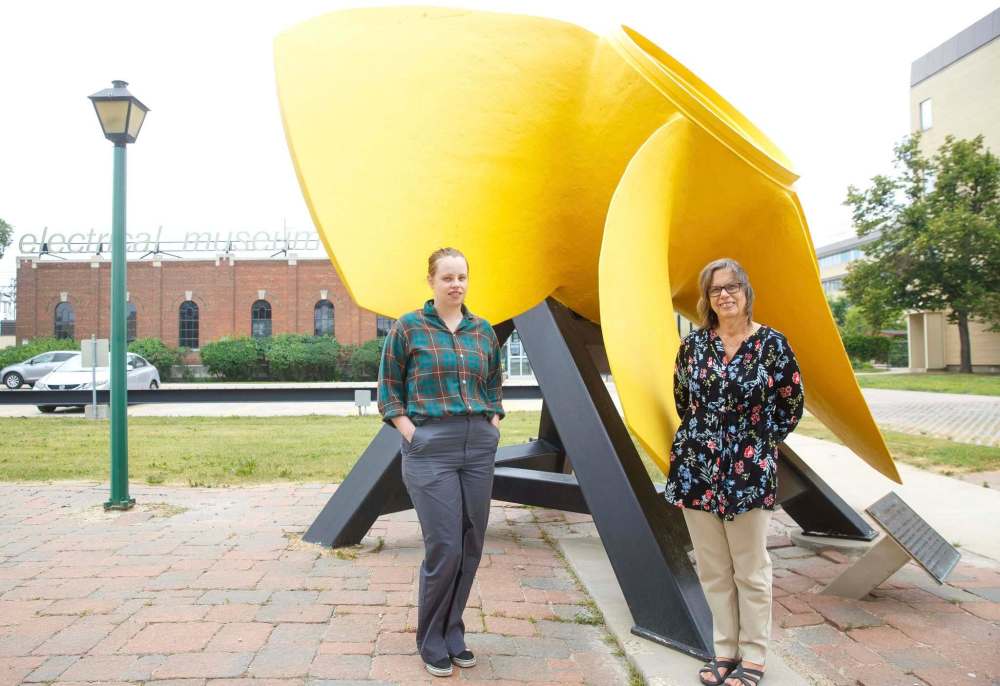
A rental deal, that is, since for the last several years, Manitoba Electrical Museum has supplied locally shot film and television productions with period kitchen appliances, office equipment and electrical gadgets.
“If they’re doing a 1930s kitchen, they can go on to our database and see what we have,” explained volunteer Dave White from deep in the museum’s southwest Winnipeg warehouse, which is filled with large appliances and equipment.
Outside of those rentals, the large majority of the collection of early electrical equipment stays connected to the museum, which tells the story of how Manitoba became electrified, said curator Pam McKenzie.
That story keeps expanding as more pieces are added to the 5,000 or so artifacts owned by the museum.
“I get at least two donations a week,” said McKenzie of the continuous stream of appliances, personal gadgets and office equipment.

“We don’t buy any artifacts. They’re just donated.”
The collection predates the museum by three decades, started when former Hydro employees interested in electrical history started collecting retired equipment from the electrical utility.
Many of these larger artifacts, including vehicles, appliances, sewing machines, early radios and televisions and operating room lights are stored in an industrial park warehouse owned by Manitoba Hydro.
Some are used to change out existing exhibits at the Harrow Street location, and three museum vehicles frequently show up in local parades. A red 1975 four-door Renault 12 car — retrofitted in the United States with battery packs in the trunk and under the hood — was once one of seven owned by the Manitoba government as part of an effort to test out electric cars in our climate, said White.
“It could have been Eddie Schreyer’s car to begin with,” he said, referring to the former New Democratic premier, in office from 1969 to 1977.
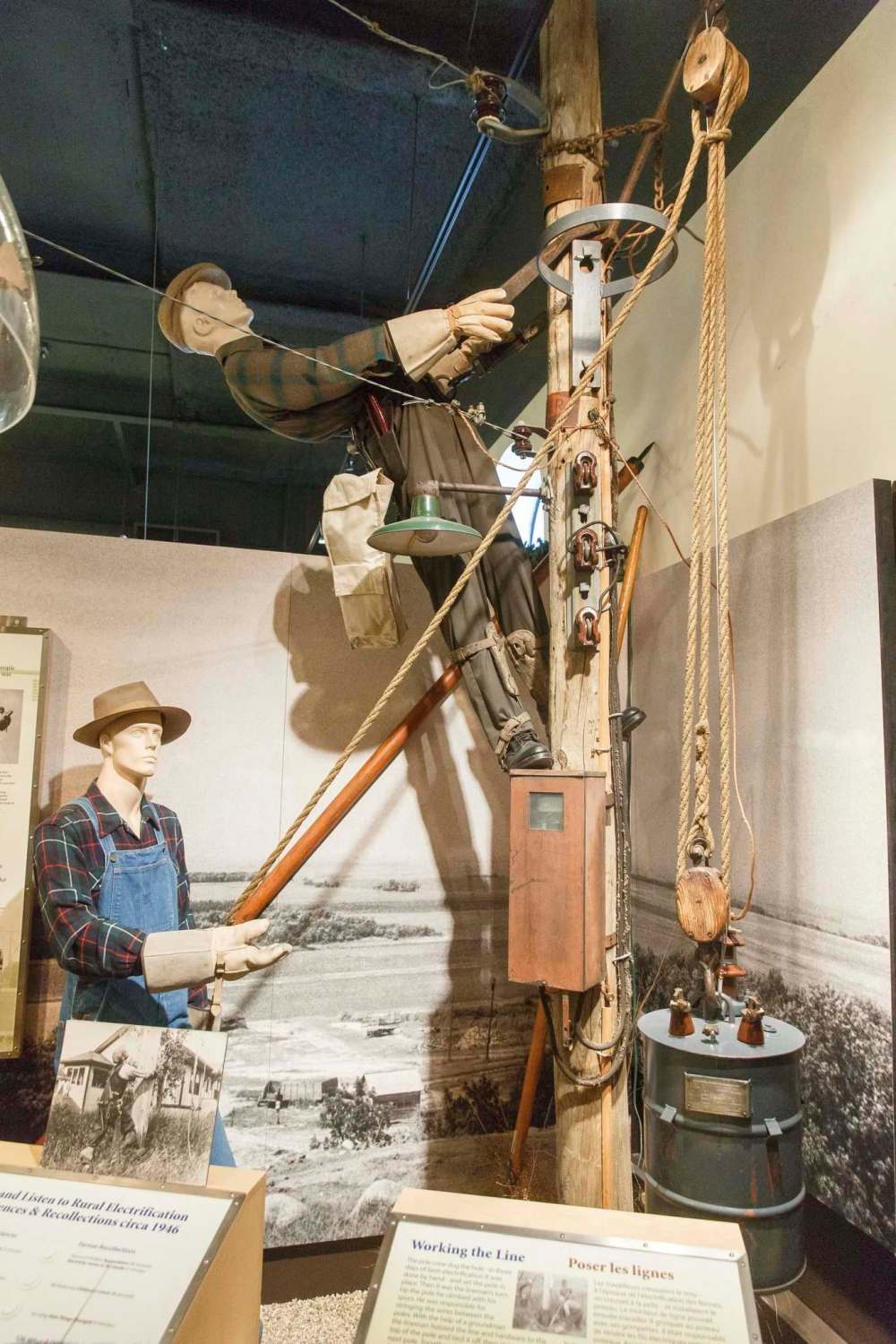
“They tested it and it was very heavy and it was hard starting it in the winter and you only (could drive) 40 or 50 miles.”
Others are oddities that might shock or delight visitors, such as two personal saunas or the Easy 3-cup plunger washer, which agitated clothes using brass cups mounted on a frame inside the washer.
“It would be the kind of thing (that) if we had more room, it would be nice to display,” he said of the washing machine, which predates automatic washers.
Although the museum appreciates all donations, McKenzie asks potential donors to send a photo with an explanation before lugging over that vintage cast iron stove or Grandma’s 70-year-old refrigerator to ensure a similar model isn’t already in the collection. Even if it’s not really old, they will consider it.
Older appliances and household items often have decorative aspects that add to their collectability, including chrome on the exterior, or sleek designs, said assistant curator Shauna Matthews.
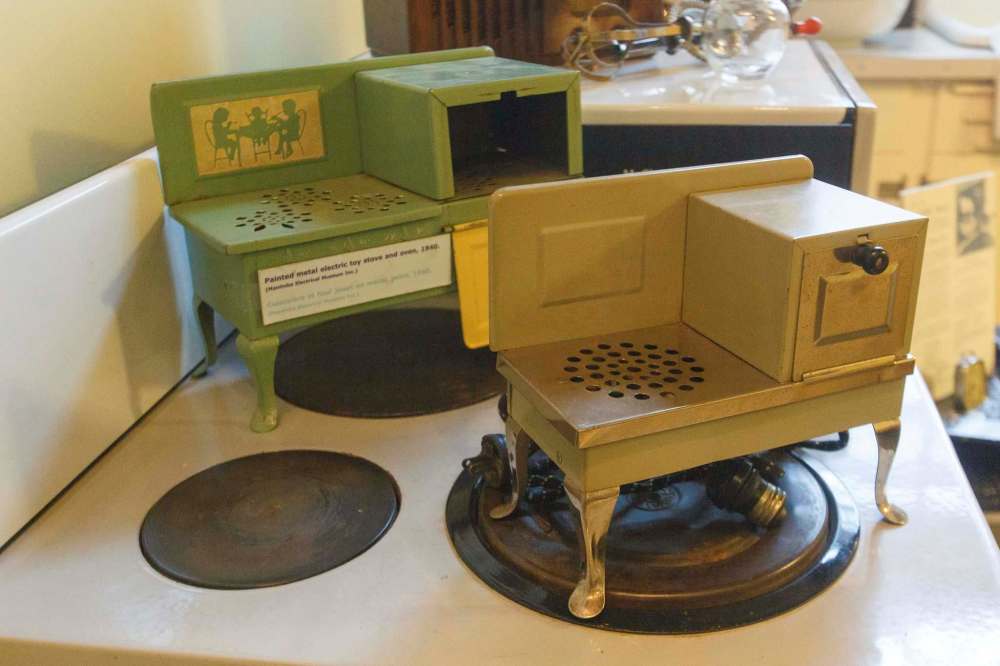
Over the years, the designs of household goods, whether sewing machines or kitchen ranges, have moved to become more utilitarian rather than beautiful items that are also functional.
“The esthetics have changed. Appliances like that used to be decorative and have (the function) incorporated into the design,” she said.
Although the big warehouse is off limits to visitors, a former Hydro workshop just south of the museum will be open to the public once museum volunteers can return at full complement. Visitors can wander through the tall shelves filled with hair dryers or stereo systems, reminisce about ones they owned or wonder at the absurdities of gadgets of the past, such as a bonnet-style orange hair dryer decorated with a face.
“These things were meant to have a long life,” McKenzie said of many of the items encased in beautifully constructed wooden boxes lining the rows of shelves.
“They were made of metal and were sturdy and well built,” she said.
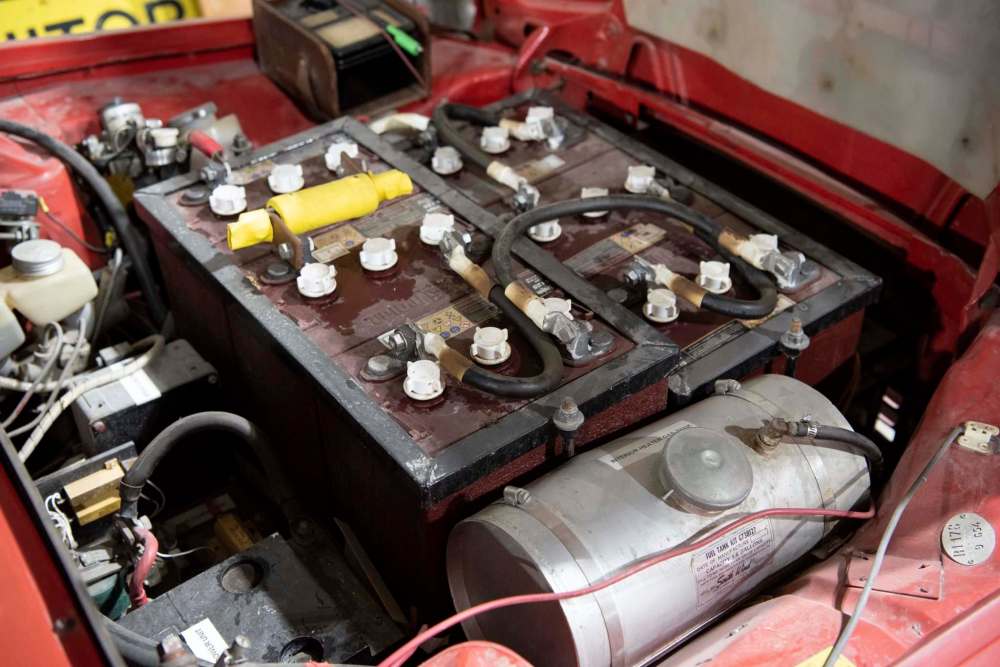
The museum owns more than a few oddities — and even items of a bit more personal nature — in addition to the requisite toasters, mixers and hair dryers. Those personal care products often don’t outlast their original owners, so they rarely get donated, said McKenzie.
“The ones we get tend to be in good condition because people saved them,” she said.
A pair of Lady Sunbeam shavers — likely more than 50 years old — still have their original boxes and instructions. The items represent the push for people to adopt electrified models of everyday products.
“They were one of the first lady shavers for both legs and armpits,” explained summer student Kim Cielos, who catalogued the museum’s collection of personal products this summer.
“Back then, they wanted to advertise more shaving products.”
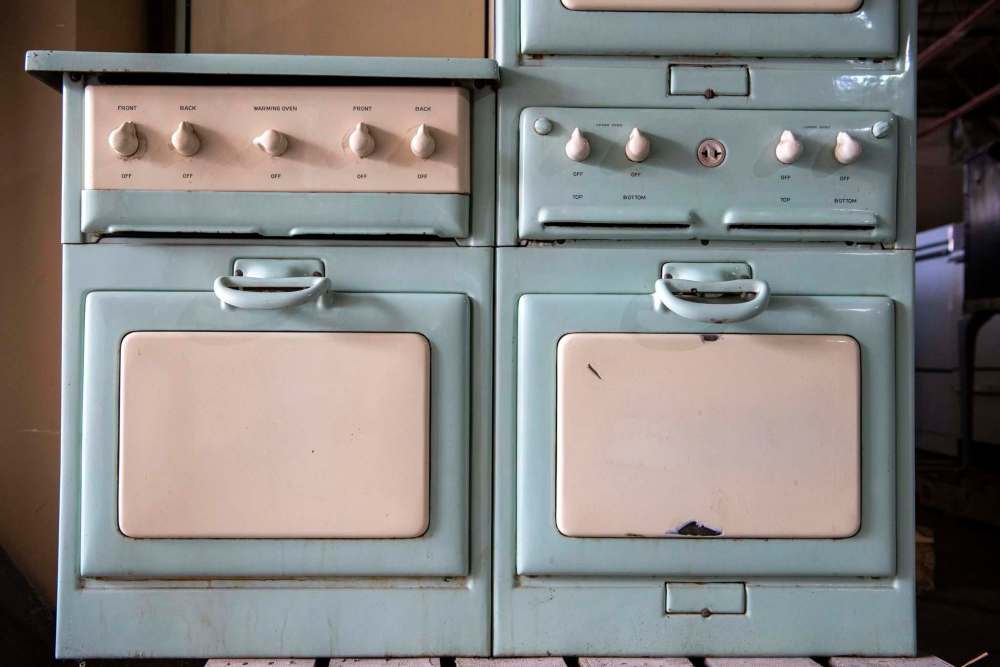
Visitors this summer don’t have to peek into storage rooms to view new artifacts, since some components in the main floor exhibits are regularly switched out. They can also tour a new lower-level exhibit on sustainable development, renewable resources and partnerships with Indigenous communities, due to officially open this fall.
“We’re telling a really important story of collaboration with First Nations,” said McKenzie about the interactive exhibit, which includes short videos from Indigenous elders, a simulated woodland setting, and information about the current Wuskwatim and Keeyask hydro projects.
Now that the museum is open at 50 per cent capacity, McKenzie hope to spark interest among vaccinated Winnipeggers looking for something to light up their summer. They may have driven by and noticed the huge metal blades once used to generate electricity out on the front lawn, but never stopped to see more.
“We’re the best kept secret in Winnipeg,” she said.
“Most people are familiar with the yellow turbine (outside). They recognize that but they’ve never been here.”
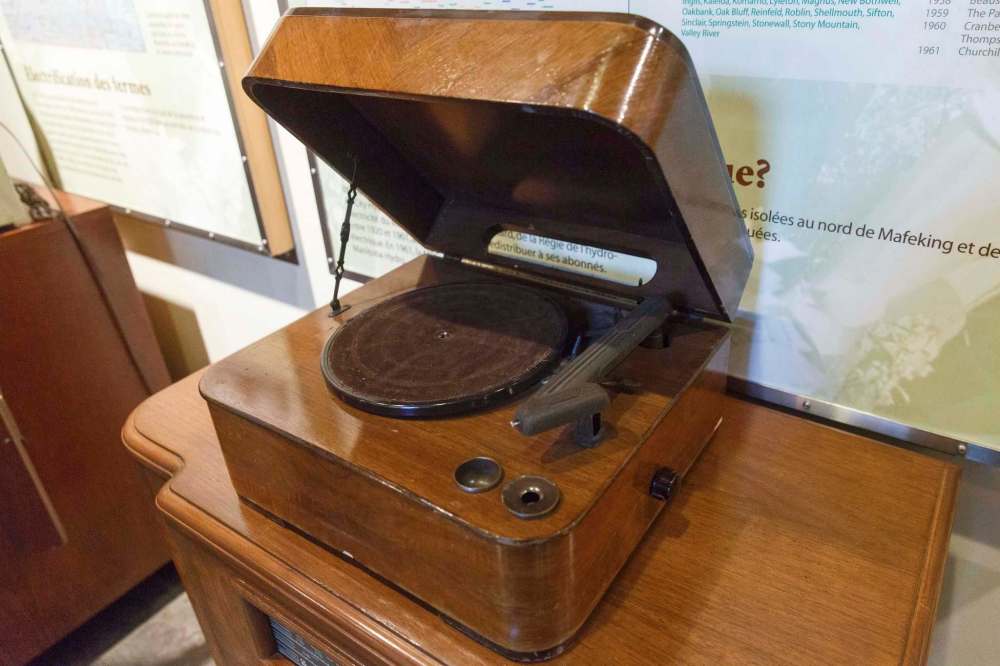
brenda.suderman@freepress.mb.ca
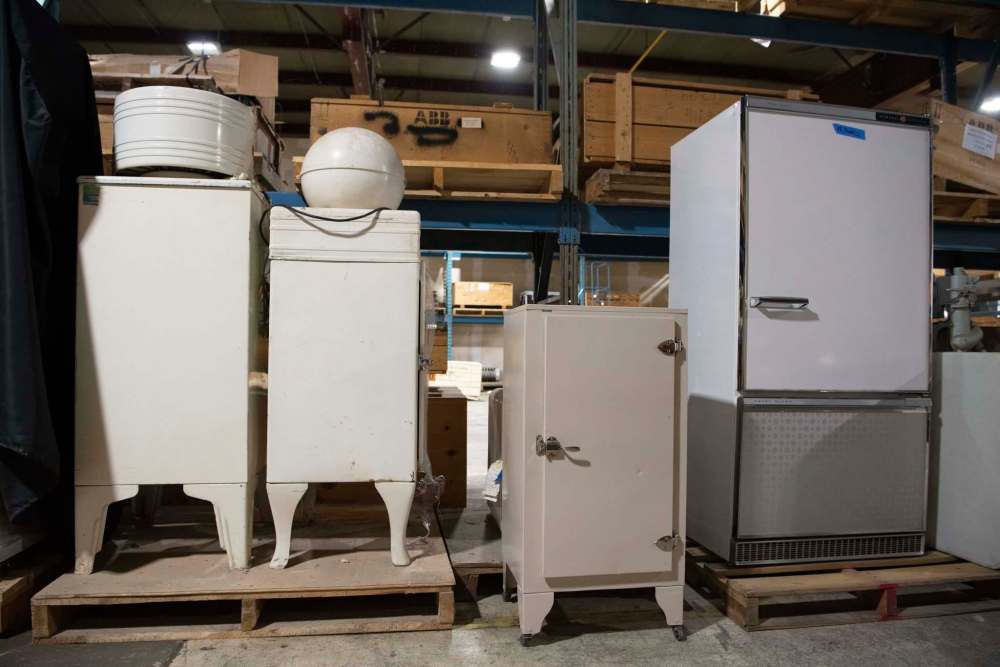
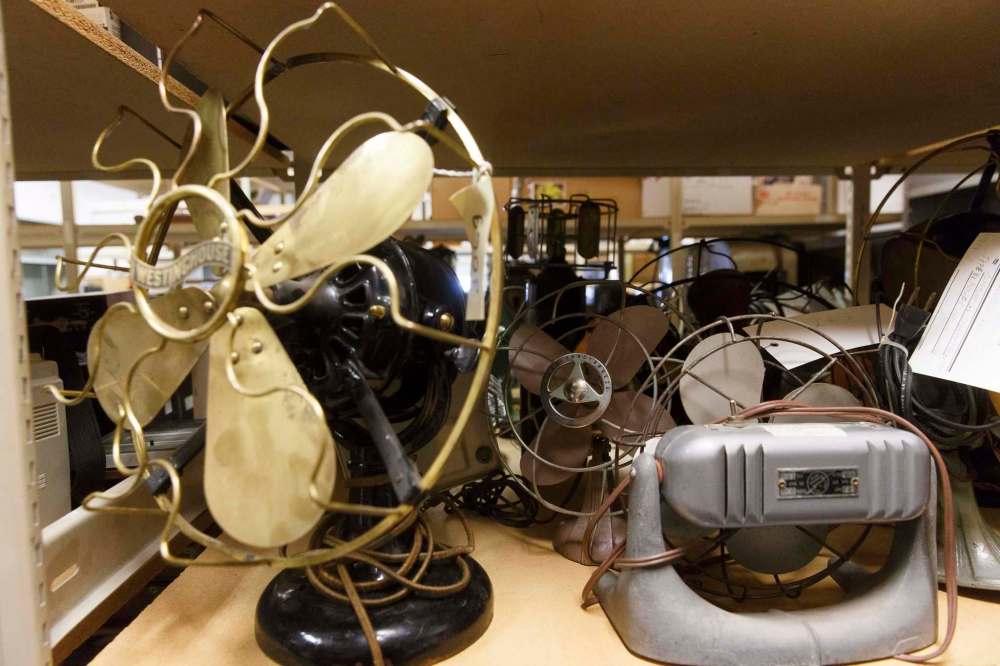
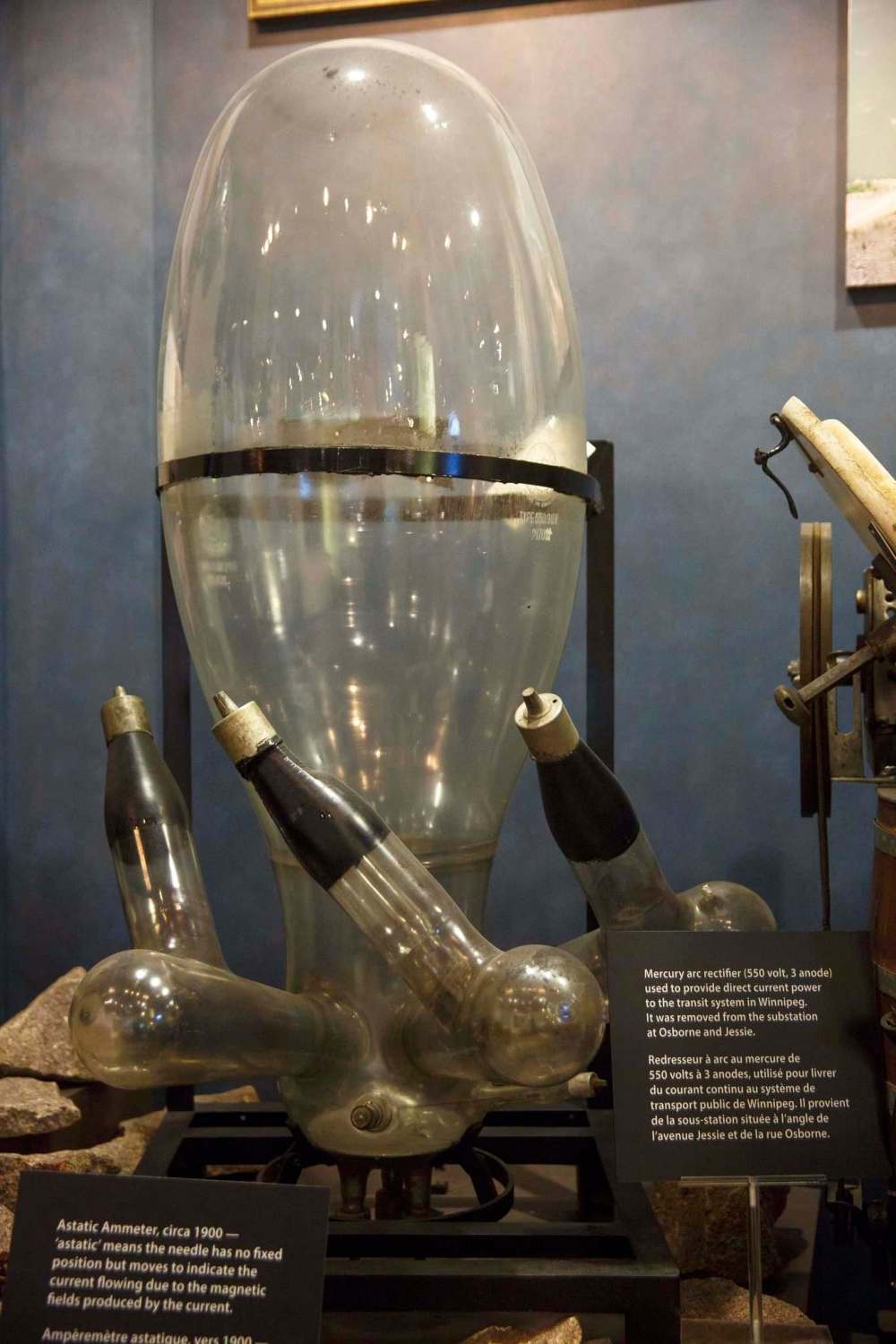
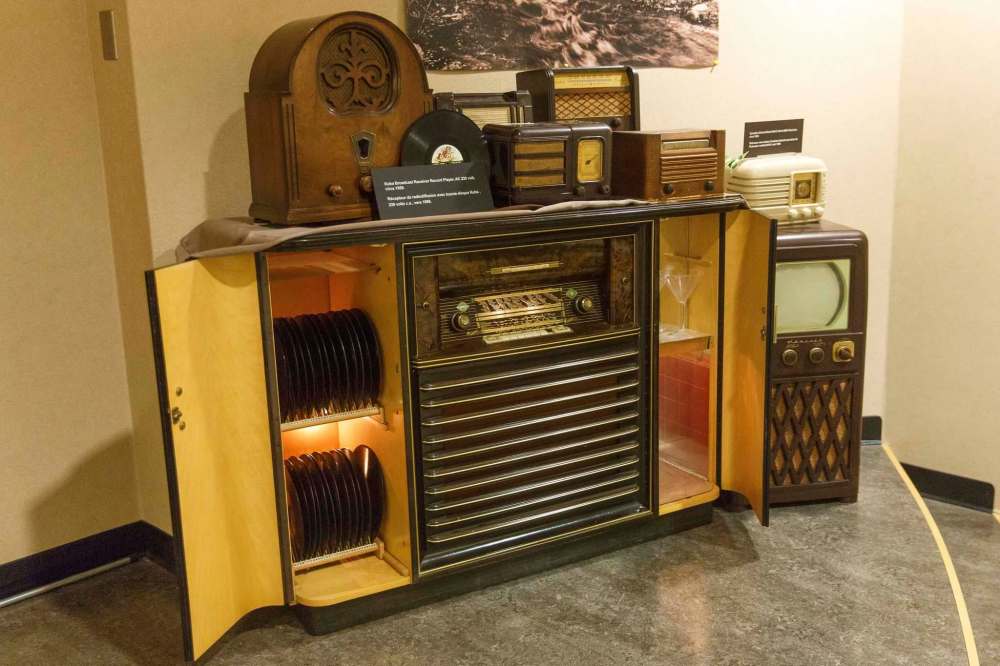

Brenda Suderman has been a columnist in the Saturday paper since 2000, first writing about family entertainment, and about faith and religion since 2006.
Our newsroom depends on a growing audience of readers to power our journalism. If you are not a paid reader, please consider becoming a subscriber.
Our newsroom depends on its audience of readers to power our journalism. Thank you for your support.
History
Updated on Monday, July 26, 2021 6:37 AM CDT: Adds 'for' in lede








